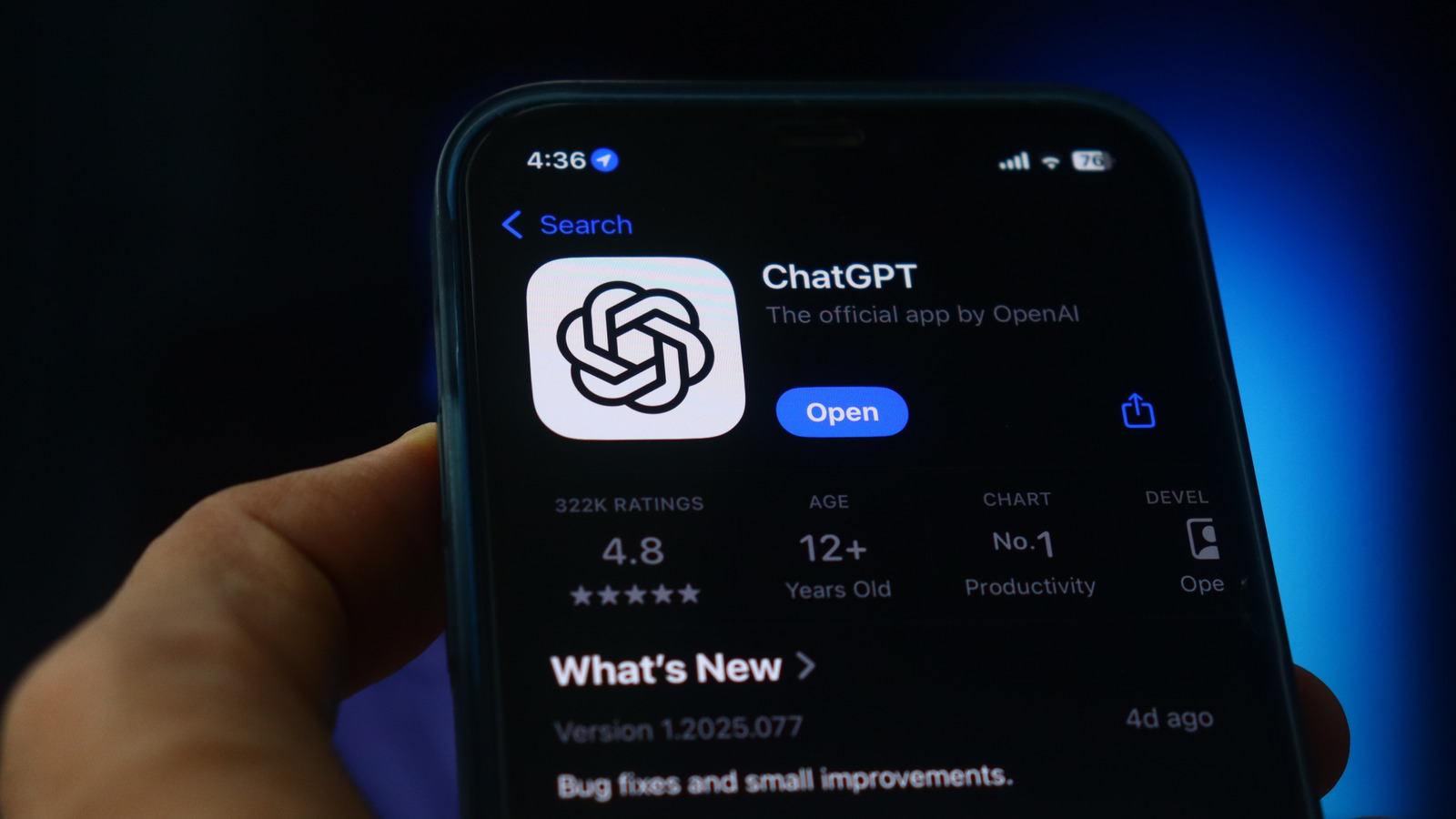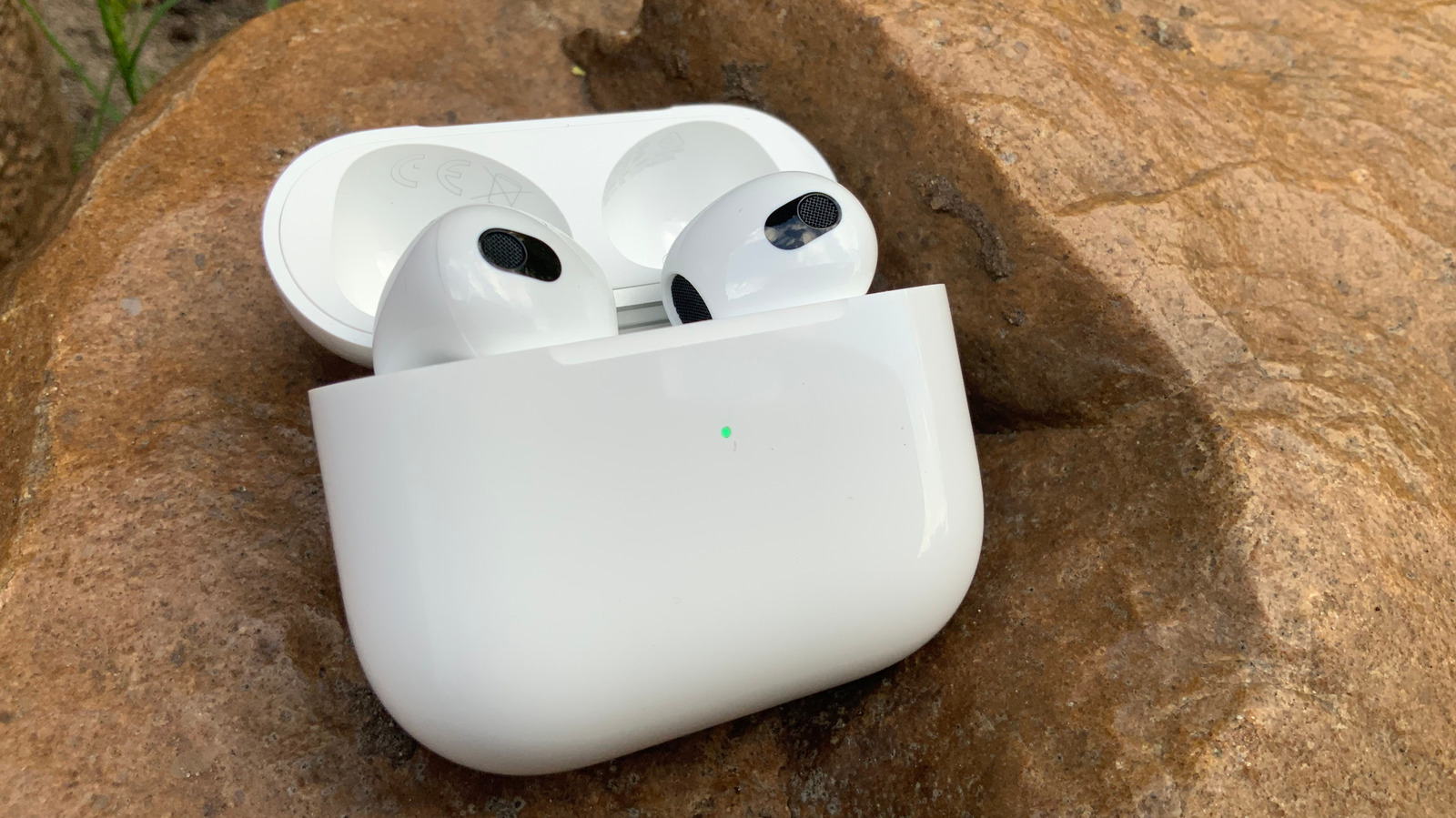ChatGPT is one of the most popular AI chatbots in the world, and it didn’t take long for OpenAI to get the platform on all our phones, tablets, and computers. There’s a lot you can get out of using ChatGPT, from answering questions to comparing products, building itineraries, and so much more, but it all starts with a user prompt.
Think of user prompts as a digital blueprint for your AI pal to follow. If you’ve been using ChatGPT for a while and are having trouble getting the bot to deliver the type of responses you’ve been aiming for, that initial blueprint you’re laying out might need some additional work. To assist, we’ve put together this list of five instructions that can improve your ChatGPT prompts, including altering your communication style and giving the AI tool clear instructions. While these suggestions won’t bring about perfect results from every query, they should certainly help pave the way toward a better AI experience.
Lead with clarity and context
ChatGPT does its best work when you take the time to fill your prompts with as much detail as possible. This isn’t to say you won’t get any type of useful response when you enter a more open-ended prompt, such as, “Tell me about the rides at Walt Disney World,” but the more context and direction you provide up front, the better the results will be.
A reworked version of that example prompt might read something like, “Tell me about the best rides at Walt Disney World for children ages 6 and younger.” A good rule of thumb is to think about the type of audience your prompt is intended for. If ChatGPT knows who it’s thinking for, you’ll likely receive responses that are more thorough and well crafted. The more clarity you can provide early on, the fewer chances you’ll have of the AI asking for clarification down the road. Home in on your prompt’s who, what, where, when, and why for the kinds of personalized results ChatGPT is renowned for.
Assign tone and roles
ChatGPT does a remarkable job at wearing whatever hat you tell it to wear, and it delivers the best results when these hats are well labeled. The best way to do this is by giving the AI assistant a clearly defined role. Let’s say you’re fresh out of college and pricing out a New York City apartment for your first post-grad job. Instead of spending hours steeped in confusing Zillow entries, you can fire up ChatGPT and say, “Act as an NYC realtor who specializes in finding apartments for recent college graduates.” When I put that prompt into ChatGPT, the AI responded in a friendly and congratulatory tone and informed me that it would prioritize budget, safety, commute, and lifestyle.
To customize the response further, you can even tell ChatGPT what tone to use. When I refined my prompt to say, “Act as a brief, no-nonsense NYC realtor,” the AI immediately switched gears from happy-to-hold-your-hand to … New York City. ChatGPT NYC edition: “Alright, kid, here’s the deal. You just got outta school, you’re broke but think you’re rich, and you want an apartment in the city that doesn’t smell like old pizza and regret. I get it.” See how changing up the tone can make a big difference?
Use the formatting you want to see
Many of us are familiar with the phrase “lead by example,” an adage that also helps to tighten the bolts of ChatGPT’s responses. When typing out prompts, picture what it would be like to receive a giant text message with zero punctuation. For the record, it’s terrible — your brain doesn’t know where to start and stop reading. Just as it’s confusing for you, it can throw off ChatGPT, too, so it pays to put a little thought into how you type your prompts — especially if you want to get clear, thoughtful responses in return.
Now, this isn’t to say you need to cross every T and dot every I in your prompts, but organizers like commas, colons, and periods go a long way toward the AI delivering a response that’s just as structured and coherent. ChatGPT also likes delimiters, sequences, and lists. When you format your prompts accordingly, you’re doing two things: giving ChatGPT a better shot at comprehending all the information you’re feeding it, and also providing a kind of format framework for the AI to follow. This should lead to results that are much easier to comprehend.
Work collaboration into your ChatGPT prompts
Sometimes, it doesn’t hurt to put ChatGPT in the driver’s seat. If you’re struggling to fill out a prompt, you can always key in what’s locked and loaded in your head, with instructions to follow up. For example, I wrote a ChatGPT prompt that went something like, “I want to save [mystery dollar amount] by August 2026. Ask me questions to help you help me reach this goal.” Because the AI knew I’d be providing more information, it delivered a response that was broken up into several questions (such as “How much do you already have set aside?” and “What’s your monthly after-tax income?”), and proclaimed this would help us “reverse-engineer my savings plan.”
ChatGPT is also designed to fill in the gaps when it knows information is missing from a prompt. Sometimes called the “blank line” prompt, these queries intentionally — or unintentionally — leave out information or include a fill-in-the-blank for ChatGPT to complete. And you’d be surprised at just how adept the AI is at filling in the gaps. In many cases, the AI won’t even need to ask you for further clarification (unless you tell it to).
Take time to refine your communication
If at first you don’t succeed, just tell AI to try again. There’s a good chance that ChatGPT will deliver results that require tweaking from time to time. Word changes and additional context in your prompts are always a solid place to start with result revisions. You can also ask ChatGPT to provide a more straightforward or more complex response, a shift in tone, or something as specific as a result in the form of crayoned kid drawings.
ChatGPT is constantly improving and evolving, but at its core, it’s a deep-learning model that — more often than not — will bring its A-game when supplied with the kind of prompts our five instructions reinforce. The same goes for other AI chatbots, too, including popular competitors like Google Gemini and Microsoft Copilot. From one platform to the next, these AI companions are designed to clear the fog for us humans as much as possible, so why not take an extra few seconds on your prompts to get as much out of them as humanly possible?








